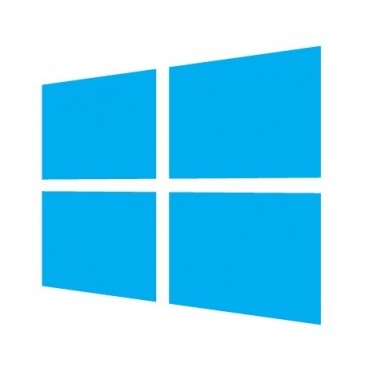

It has been exactly a month since the release of Windows Server 2012, and Firebrand Training, the provider of official courses certified by Microsoft, has organised a “First Look Clinic” to familiarise industry professionals with the fresh offering from Redmond.
TechWeekEurope was in attendance, to hear about the system from real world administrators, who have been putting Microsoft’s new OS through its paces.
According to chief instructor Ed Baker, the new system is “brilliant”. Then again, he is paid to say that.
The most noticeable addition to Windows Server 2012 (formerly known as Windows Server 8) has to be the all-new Server Manager. The application has been redesigned to make it simpler to handle multiple servers at once, and sports the already familiar Modern UI (formerly known as Metro) interface. Even storage is now handled through Server Manager.
The updated software is more reliant on PowerShell scripting language. It features a new Integrated Scripting Engine, complete with something called IntelliSense, which works exactly like predictive text on a smartphone, except it suggests lines of code.
Microsoft’s Active Directory Domain Services now offer simplified administration which can be done entirely through GUI, although there’s an option to script operations in PowerShell, if needed.
A function that administrators have requested since time immemorial is a single identity for multiple servers in a farm. Microsoft has listened, and come up with Single Group Managed Service Account that does exactly that.
The company has also added a new, 19th server role to simplify activation and key management across a large number of machines.
Yet another new feature is the Dynamic Access Control. It allows for the creation of rules and policies to manage access to files and devices, based on user attributes. So when you need to make certain documents available to a certain department, you can do it in real-time.
The IP Address Management (IPAM) server role will be especially useful for people managing a whole block of IP addresses. Baker went as far as to call it “life-changing”, explaining that it will automatically discover servers on the network and help with planning, allocation and usage tracking of addresses.
Microsoft has built short manuals directly into some of the system’s features, including IPAM, so in case an administrator needs to refresh his memory, the relevant information is only a couple of clicks away.
Finally, there’s virtualisation. Many experts agree that this year, Hyper-V might actually compete on a par with VMware’s vSphere. Using the new OS, virtual machines can address up to one Terabyte of memory and up to 64 Terabytes of virtual storage. A completely new file system, ReFS (Resilient File System) is more reliable than NTFS, automatically detects and corrects metadata corruption, and is optimised for high availability virtualised workloads.
Some of these features will work only on Microsoft kit. Some of them are compatible with Windows Server 2008, but not 2003. But whatever happens to Windows 8, it is clear that the server version of Microsoft’s OS has already managed to attract an enthusiastic fanbase, and could claw back a section of the market dominated by Linux.
We should mention that Baker ran the whole presentation on Windows 8, without any problems.
How well do you know the cloud? Take our quiz!
American space agency prepares for testing of Boeing's Starliner, to ensure it has two space…
As UK and Europe develop closer military ties, European Commission says it will invest €1.3…
Zuckerberg seeks to revive Facebook's original spirit, as Meta launches Facebook Friends tab, so users…
Notable development for Meta, after appeal against 2021 WhatsApp privacy fine is backed by advisor…
First sign of shake-up under new CEO Lip-Bu Tan? Three Intel board members confirm they…
Trump's nominee for SEC Chairman, Paul Atkins, has pledged a “rational, coherent, and principled approach”…